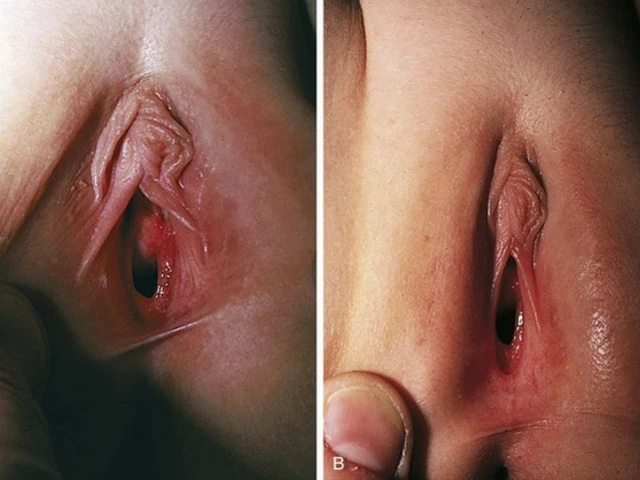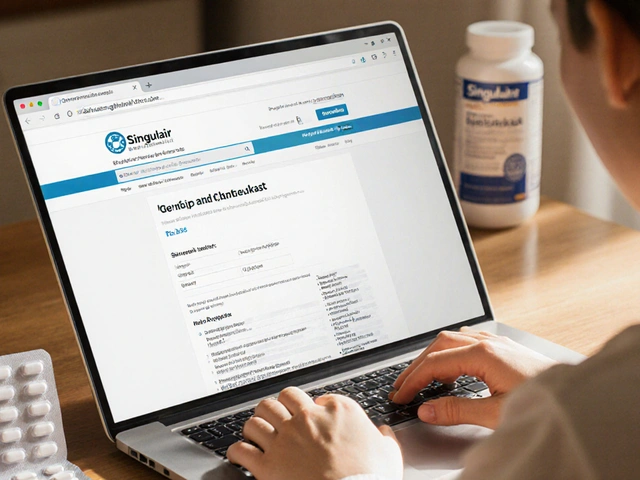Idiopathic Pulmonary Fibrosis: What You Need to Know
When dealing with Idiopathic Pulmonary Fibrosis, a chronic, progressive lung disease marked by scar tissue forming in the lungs without a clear cause. Also known as IPF, it impairs oxygen exchange, leads to breathlessness, and can drastically affect daily life.
One of the biggest challenges is that idiopathic pulmonary fibrosis often hides behind vague symptoms like a persistent cough or mild fatigue. The disease encompasses progressive scarring of alveolar walls, which requires early detection to slow down the decline. That’s why a High‑Resolution CT Scan, a detailed imaging technique that visualizes lung architecture influences the diagnostic pathway; it can spot the classic honey‑comb pattern long before spirometry shows major changes.
Key Tools and Therapies for Managing IPF
Beyond imaging, treatment hinges on Antifibrotic Therapy, medications like pirfenidone or nintedanib that aim to slow scar formation. These drugs require regular monitoring for side effects, but they have become the backbone of modern IPF care. In addition to drugs, Pulmonary Rehabilitation, a structured program of exercise, breathing techniques, and education supports patients by improving stamina and reducing breathlessness, even when the underlying fibrosis remains.
When the disease reaches an advanced stage, many clinicians discuss Lung Transplantation, a surgical option that replaces the damaged lungs with healthy donor tissue. While not suitable for everyone, transplantation offers a chance for prolonged survival and better quality of life. The decision involves a team of pulmonologists, surgeons, and transplant coordinators who weigh factors like age, comorbidities, and functional status.
Each of these elements—imaging, medication, rehab, and surgery—forms a connected network that guides how we approach IPF. Understanding the role of Lung Fibrosis, the broader category of scarring affecting lung tissue helps patients see why a single approach rarely suffices. By combining precise diagnosis with targeted therapy and supportive care, the outlook for many has improved compared with past decades.
Below you’ll find a curated list of articles that dig deeper into each of these topics. Whether you’re looking for the latest guidance on antifibrotic dosing, tips for navigating high‑resolution CT results, or real‑world experiences with pulmonary rehab, the collection is designed to give you practical insights you can act on right away.




